Every year around this time I get so angry and perplexed. Along with the joy of warmer, longer, greener days comes the poisoning of plants, people, and animals – by the NYC Department of Parks and Recreation. Year after year, the parks department continues to spray poison in highly populated places, most often places where kids play. A few weeks ago we were walking past our favorite neighborhood playground and posted outside was that dreaded notice.
Cities like Chicago and entire countries like France, The Netherlands, and Sweden have banned the use of RoundUp, even before the EU Parliament called for severe restrictions affecting all EU nations. Why?
Problem
The "inert" ingredients in RoundUp that make it a more effective plant killer also make it more effective at penetrating and killing human cells as well. "One specific inert ingredient, polyethoxylated tallowamine, or POEA, was more deadly to human embryonic, placental and umbilical cord cells than the herbicide itself – a finding the researchers call 'astonishing,'" according to a report in Scientific American.
In the same article, a Monsanto spokesperson goes on to tout its safety and that it's used to "protect schools." Protect schools from a few weeds? I'm trying to imagine a scenario where weeds are hurting people (other than maybe giant hogweed.) On the contrary, many of the so-called weeds targeted by RoundUp are edible and/or medicinal. So instead of hand-weeding, weed-whacking or even just picking these plants to use, we poison them, and ourselves in the process.
Here are just a few of the plants targeted by the NYC parks department along with some of their benefits:
Dandelion (Taraxacum officinale) – All parts edible/medicinal. Roots have been used for healing liver conditions for centuries (at least). Leaves and roots are a non-depleting diuretic. Both are also highly nutritious. Flowers are delicious edibles that have pain-relieving properties when used topically. (See that word "officinale" in the botanical name? That means it was in the pharmacopeia, in other words used as medicine for centuries)
Chickweed (Stellaria sp.) – Anti-inflammatory; helps improve assimilation of nutrients from other foods; helps dissolve cysts and fatty deposits; wound healing. Also a highly nutritious green with abundant minerals and vitamins including calcium, magnesium, and A, C and B vitamins.
Mugwort (Artemisia vulgaris) – Bitter digestive; antispasmodic, relaxing to muscles; emmenagogue (brings on delayed menstruation); oneirogen (enhances dreaming); traditionally burned as moxabustion in acupuncture to improve chi flow and as incense. Rich in magnesium and calcium, best eaten when young. (Also one of my personal favorite herbs!)
Solution
Now I understand there are times when someone might favor cultivated or native plants in certain places and want to remove so called "exotic invasives."* In those cases, there are inexpensive, safe alternatives to commercial herbicides. Here's a recipe that anyone can whip up with ingredients from the grocery store. In places where there are large stands of unwanted plants, hire goats! Or call on volunteer groups to do hand or mechanical weeding.
Action
Several groups are actively trying to stop the practice of spraying RoundUp in public places. Here are a few (a roundup, if you will!):
Stop Spraying Cancerous RoundUp WeedKiller in NYC Parks (a petition, please sign if you feel called to!)
Food and Water Watch (scroll down for another RoundUp petition)
While petitions can be helpful, I feel there's more work to be done to stop these practices. I'm organizing a group of individuals, parents, and children, an action group if you will. You can sign up for updates on this group here.
-----------
*Stay tuned for a future post regarding this choice of words to describe plants and animals and its impact on our perceptions and behaviors.


